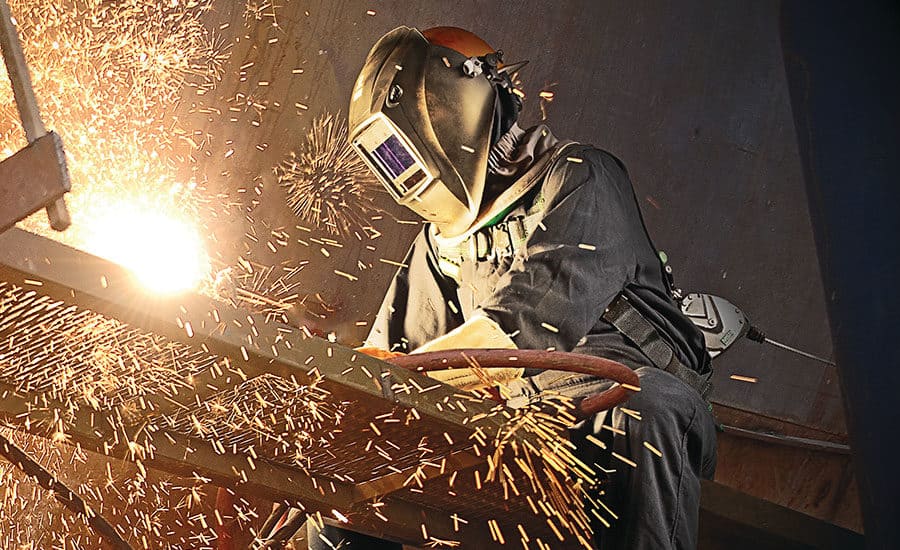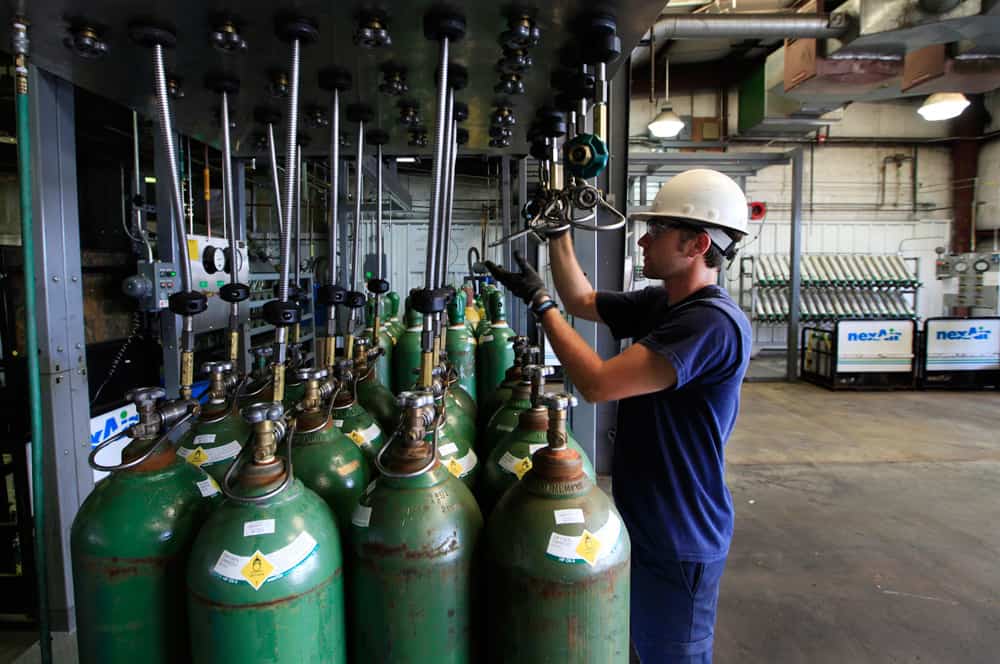nexAir’s Role in the Evolution of Welding Technology: Advancements and Trends
When Lincoln Electric unveiled their first variable voltage AC welder in 1920, few could have imagined today’s computerized welding systems with their precise arc control and integrated monitoring capabilities. Welding has undergone remarkable transformation over the decades, with each advancement requiring corresponding evolution in supporting elements—particularly shielding gases. At nexAir, we’ve witnessed this technological progression firsthand, continually adapting our gas offerings to meet the changing demands of modern welding applications.
The Shift Toward Advanced Welding Processes
Traditional welding processes like SMAW (stick) and basic MIG have given way to more sophisticated approaches. Pulse MIG welding, modified short-circuit transfer, and advanced TIG processes require specific gas mixtures to achieve their full potential. Our gas portfolio has expanded to include precision mixtures that complement these newer technologies, allowing fabricators to take full advantage of their advanced equipment.
The metal fabrication industry increasingly adopts these processes because they offer benefits like reduced heat input, less distortion, and improved deposition rates. By providing information about which gas mixtures work best with specific advanced processes, we help customers maximize their investment in new welding technology.
Gas Considerations for Automation and Robotics
Robotic welding systems now handle a growing percentage of production welding tasks. These automated systems often have different gas requirements than manual welding, including more consistent pressure, flow rates, and sometimes specialized mixtures. Our specialized KnowHow™ in gas delivery for automated systems helps customers understand these differences and select appropriate gas solutions for their robotic applications.
For shops transitioning to automation, we can explain how gas selection impacts speed, quality, and consistency in robotic applications. This information helps fabricators make informed decisions as they move toward greater automation in their welding operations.
Supporting New Material Joining Capabilities
Modern manufacturing increasingly uses advanced materials like high-strength steels, aluminum alloys, and mixed-material assemblies. Welding these materials successfully often requires specific gas formulations that control heat input, arc characteristics, and weld pool chemistry. We stay informed about these material trends to ensure our gas offerings include options suitable for these challenging applications.
From exotic metals to dissimilar material joints, we provide guidance on which gases have proven effective for specific material combinations. This knowledge helps fabricators tackle complex welding challenges with greater confidence.
Portable and Flexible Solutions for Changing Environments
Welding operations continue to become more mobile and flexible, with work occurring in field environments rather than fixed shop locations. This trend creates demand for more portable gas solutions that provide consistency across changing work sites. Our range of cylinder sizes and portable gas options helps support this evolution toward more mobile welding capabilities.
For fabricators who work across multiple locations, we offer information about gas solutions that balance portability with adequate supply for field operations. These options help welding teams remain productive regardless of where their work takes them.
Digitally Enhanced Gas Management
As manufacturing embraces digital transformation, gas management has also evolved to incorporate more data-driven approaches. Digital flow meters, automated gas blending systems, and consumption tracking technologies help optimize gas usage. We keep pace with these developments to ensure our delivery methods integrate effectively with customers’ increasingly digital operations.
For fabricators looking to Forge Forward with more precise gas management, we provide information about compatible technologies that can help monitor and control gas usage more effectively. This guidance supports the broader move toward data-driven manufacturing processes.
Responding to Environmental and Efficiency Concerns
Sustainability has become a significant factor in manufacturing decisions, including welding operations. New welding technologies often focus on reduced energy consumption, decreased material waste, and lower environmental impact. The gases that support these processes reflect similar priorities, with formulations designed to improve efficiency and reduce overall consumption.
We stay informed about these evolving priorities to provide gases that align with customers’ sustainability goals while maintaining the performance characteristics necessary for quality welding results.
As welding technology continues to advance, nexAir remains committed to providing the gases and information that help our customers adopt and benefit from these innovations. By staying current with industry developments, we ensure our offerings remain relevant to the evolving needs of metal fabricators and welding professionals.
Don't see what you're looking for?
Everything we offer is a click away and it will arrive before you know it.




